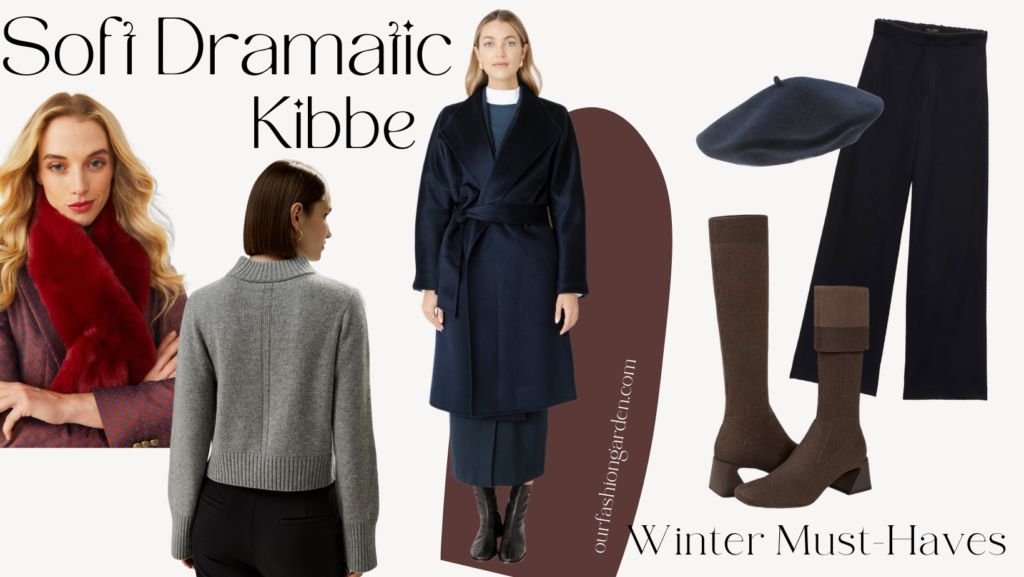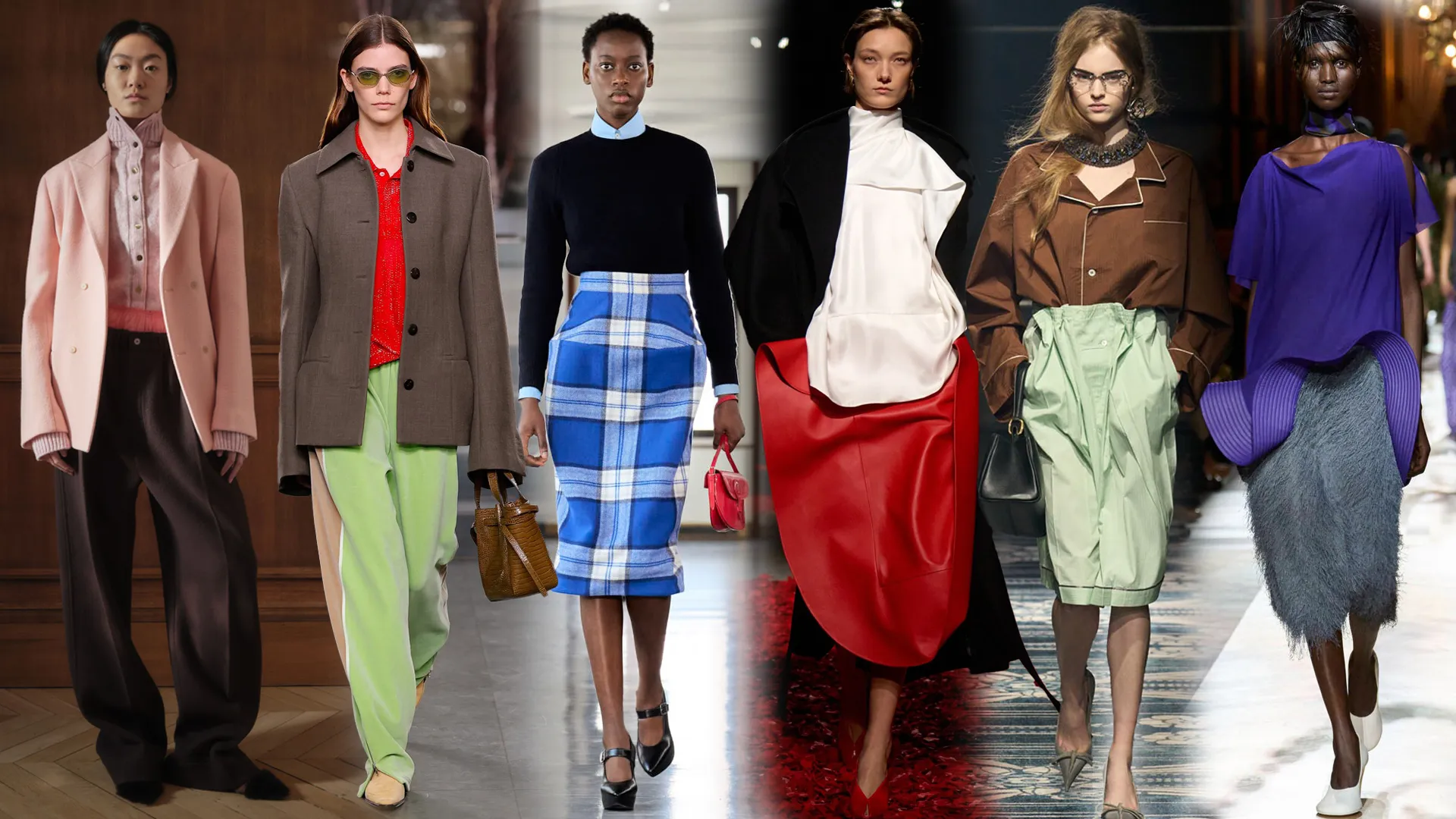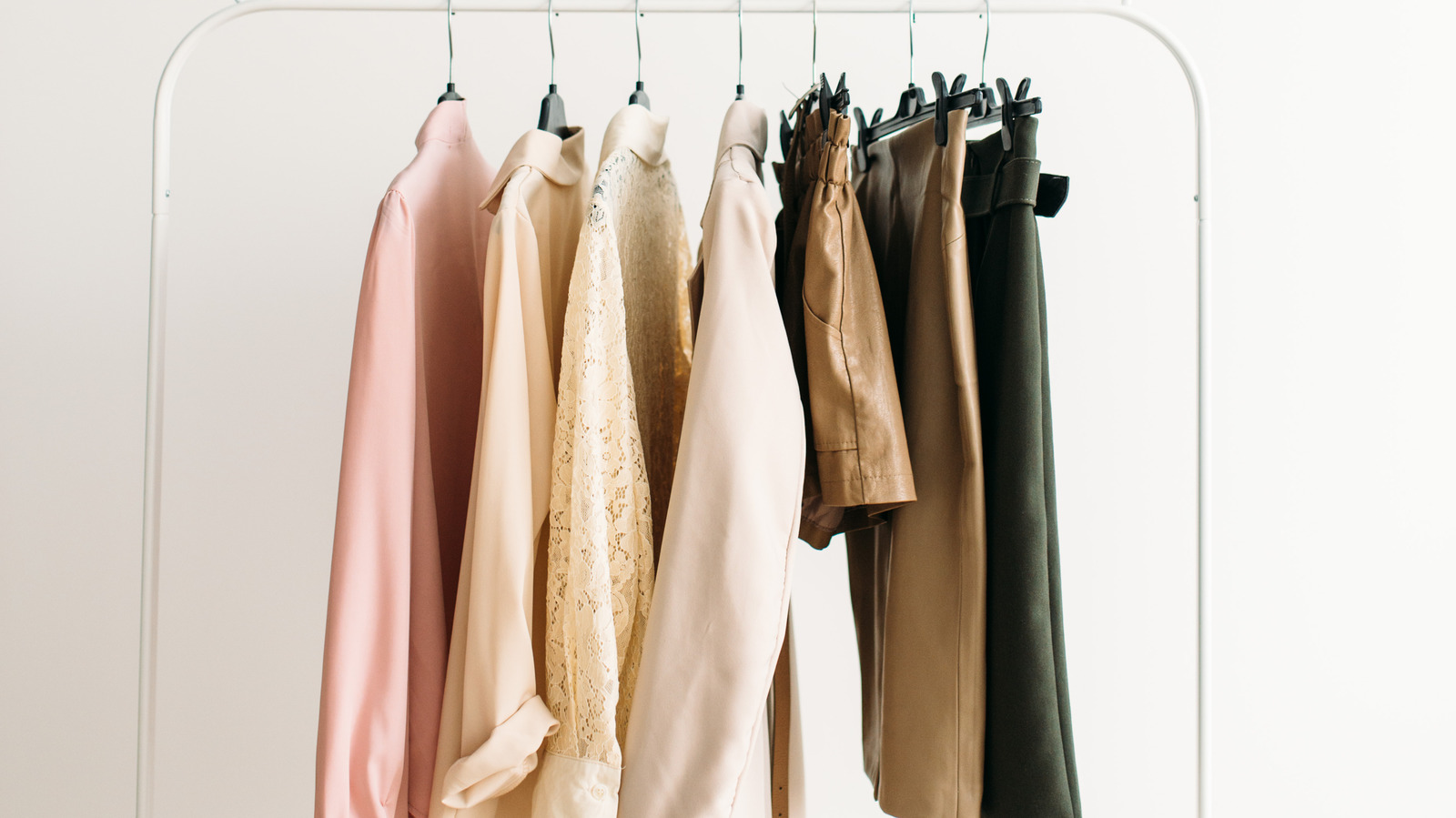Winter Fashion Guide: Stay Warm & Stylish
Winter fashion presents a unique challenge: maintaining your personal style while staying comfortably warm during the coldest months of the year. The key lies in mastering the art of strategic layering, choosing the right fabrics, and understanding how to balance function with fashion.
This comprehensive guide will transform your approach to cold-weather dressing, helping you create stylish winter outfits that keep you cozy without sacrificing your aesthetic vision. From essential layering techniques to temperature-appropriate fabric choices, you'll discover how to navigate winter fashion with confidence and flair.
Winter Fashion Philosophy: The most successful winter outfits seamlessly blend practicality with personal style. Focus on quality pieces that serve multiple functions while reflecting your fashion sensibility.
The Science of Layering
Effective layering is the cornerstone of winter fashion, creating insulation while allowing temperature regulation throughout the day. Understanding the three-layer system provides the foundation for all successful cold-weather styling decisions.
Base Layer
The foundation that sits closest to your skin, responsible for moisture-wicking and temperature regulation. Choose natural fibers like merino wool or high-performance synthetics.
Insulation Layer
The middle layer that provides warmth through trapped air. Fleece, down, or wool sweaters work excellently for creating thermal protection.
Shell Layer
The outer layer that protects against wind, rain, and snow. Choose water-resistant materials that allow breathability while maintaining style.
Style Integration
Ensure all layers work harmoniously in terms of color, texture, and silhouette. Consider how pieces will look when some layers are removed indoors.
Temperature-Appropriate Dressing
Understanding how to dress for different winter temperatures ensures comfort without over or under-dressing. Consider wind chill, humidity, and activity level when planning your outfit strategy.
Winter Temperature Guidelines
Fabric Selection Strategy
Different fabrics offer unique benefits for winter wear. Natural fibers like wool provide excellent insulation even when damp, while modern synthetic materials offer lightweight warmth and easy care. Understanding these properties helps you make informed choices for your winter wardrobe.
- Wool: Natural insulation, odor-resistant, regulates temperature effectively
- Down: Lightweight, compressible, provides exceptional warmth-to-weight ratio
- Cashmere: Luxurious warmth, soft texture, perfect for layering pieces
- Synthetic fills: Easy care, hypoallergenic, maintains loft when wet
- Fleece: Quick-drying, breathable, excellent middle-layer option
Essential Winter Wardrobe Pieces
Building an effective winter wardrobe requires strategic selection of versatile pieces that work across various temperatures and occasions. Focus on quality items that can be styled multiple ways and coordinated with your existing wardrobe.
Outerwear Investment Priorities
Your outerwear serves as both your primary protection against the elements and your most visible fashion statement. Invest in well-constructed coats that complement your lifestyle and aesthetic preferences while providing adequate warmth for your climate.
- A classic wool coat for professional and formal occasions
- A practical puffer jacket for extreme cold and casual activities
- A versatile trench coat for milder winter days and rain protection
- A stylish pea coat or similar mid-weight option for everyday wear
Fit Considerations: When trying on winter coats, wear the layers you'll typically have underneath. Ensure adequate room for movement without excessive bulk that creates unflattering silhouettes.
Layering Essentials
Successful winter styling depends on having the right foundation pieces that layer effectively. These items should coordinate with each other and your existing wardrobe while providing the functional benefits needed for cold-weather comfort.
Invest in high-quality base layers that feel comfortable against your skin and regulate moisture effectively. Merino wool offers natural odor resistance and temperature regulation, making it ideal for extended wear. Synthetic alternatives provide similar benefits with easier care requirements.
Stylish Winter Accessories
Accessories serve dual purposes in winter fashion, providing necessary protection while adding personality and polish to your outfits. The right accessories can elevate simple layered looks and provide opportunities to incorporate color and texture into otherwise neutral winter palettes.
Functional Fashion Accessories
- Scarves that provide warmth while serving as statement pieces
- Hats that protect your head while complementing your face shape
- Gloves that maintain dexterity while keeping hands warm
- Winter boots that offer traction and insulation without sacrificing style
- Bags that accommodate winter necessities while maintaining aesthetic appeal
When selecting winter accessories, consider how they'll coordinate with your various coat options. Neutral accessories offer maximum versatility, while bold pieces can serve as focal points in otherwise subdued winter outfits.
Indoor-Outdoor Transition Strategies
Modern life requires frequent transitions between heated indoor spaces and cold outdoor environments. Successful winter dressing accounts for these temperature changes, ensuring you remain comfortable and appropriately dressed in both settings.
Plan your layering strategy around the concept of removable pieces. Your base layers should look polished enough for indoor environments, while outer layers can be easily removed and carried when necessary. This approach prevents overheating indoors while maintaining warmth outdoors.
Professional Winter Styling
Workplace winter fashion requires special consideration for professional appropriateness while maintaining warmth. Focus on sophisticated layering pieces that transition seamlessly from commute to office environment.
Structured blazers worn over lightweight sweaters provide professional polish while allowing temperature adjustment. Quality knitwear in professional colors serves as both base and statement layers depending on the styling context.
Footwear for Winter Fashion
Winter footwear must balance style, warmth, and practicality. The key lies in building a collection that addresses different weather conditions and style requirements while maintaining your aesthetic preferences.
Insulated boots provide necessary warmth and traction for severe weather conditions, while sleeker options work for milder days and indoor-focused activities. Consider having multiple pairs to address different scenarios rather than seeking one boot that does everything.
Boot Care and Maintenance
Proper care extends the life of your winter footwear while maintaining its appearance. Regular cleaning, conditioning, and weatherproofing protect your investment and ensure your boots look their best throughout the season.
Allow boots to dry completely between wears, rotating pairs when possible. Use appropriate protectants for different materials, and address stains and damage promptly to prevent permanent issues.
Color and Pattern in Winter Fashion
Winter fashion often defaults to dark, neutral colors, but strategic use of color and pattern can brighten cold-weather wardrobes while maintaining sophisticated style. Understanding how to incorporate these elements effectively enhances both mood and fashion impact.
Rich jewel tones work beautifully against winter's neutral backdrop, while patterns can add visual interest to layered looks. The key lies in balancing bolder elements with neutral foundations, ensuring your overall look remains cohesive and intentional.
Seasonal Color Integration
Winter colors can reflect the season's natural beauty while providing psychological warmth during darker months. Deep burgundies, forest greens, and rich purples offer sophistication while breaking away from standard black and gray palettes.
Use color strategically through accessories and layering pieces, allowing you to experiment with trends while maintaining wardrobe versatility. A colorful scarf or statement sweater can transform a basic winter outfit into something memorable and personal.
Sustainable Winter Fashion
Sustainable approaches to winter fashion focus on quality over quantity, choosing pieces that will serve you for multiple seasons while minimizing environmental impact. This mindset aligns perfectly with the investment approach needed for effective cold-weather wardrobes.
Consider the lifecycle of your winter purchases, focusing on classic styles that won't date quickly and quality construction that ensures longevity. Proper care and storage extend the life of your winter pieces, maximizing their value and reducing the need for frequent replacement.
When possible, choose natural fibers that biodegrade at the end of their useful life, and support brands that prioritize ethical manufacturing and environmental responsibility. These choices contribute to more sustainable fashion consumption patterns while often providing superior performance and durability.



